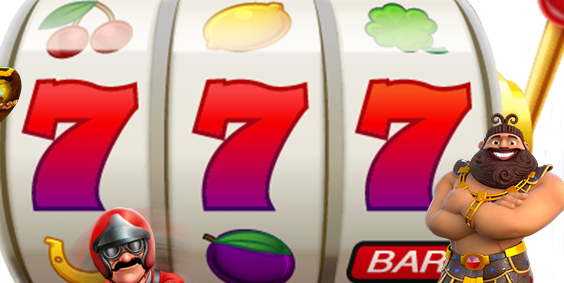What is a Slot?
A casino game that allows players to place money in a slot and receive winning payouts based on combinations of symbols. Most slots have multiple paylines, a jackpot, and bonus features. Some also use touch-screen technology for a more comfortable and intuitive interface.
The etymology of the word “slot” is pretty obscure, and it is used in many different ways by gamers and even casino industry professionals. This article will explore the various meanings of the term, as well as provide some practical information that will help players better understand the concept of slots and how they work.
Slots are one of the most popular casino games, and they offer some of the highest payouts available. However, it’s important to remember that the odds of winning a particular jackpot vary widely from machine to machine. To make the most of your gambling experience, it’s crucial to learn about the different types of slot machines and how they work.
While most people think of slots as a game where you place coins in a machine and hope to get a win, they actually have a much more complicated history. The first mechanical slot machines paid out prizes if certain symbols lined up on the reels. The idea quickly expanded, and by the 20th century, many casinos had installed a system that collected coins in a reservoir, and would pay out a prize if a special combination of symbols appeared on the reels.
Modern slot machines still use the same basic principles, but they have become more complex and have added a variety of features. In addition to the traditional spinning reels, some slots now include a random number generator (RNG) and a display screen. Many of these machines also feature a candle or tower light that indicates the denomination of the machine. Some have additional lights that indicate the status of the machine, such as whether it is hot or cold.
The pay table of a slot machine is a list of possible payouts based on the combinations of symbols. Each symbol has a value associated with it, and some slots have wild symbols that can substitute for other symbols to create a winning line. The pay tables are usually displayed on the face of the slot machine or within a help menu on video machines.
An increase in hold decreases the amount of time that a player spends on the machine, which is why some believe that higher hold is degrading the player’s experience. Others, however, argue that increased hold is necessary to keep pace with rising overhead costs and increasing ticket prices.
A slot is the space on a casino table that the top of a slot machine is inserted into. To do this, the top is held by a clip that is attached to the edge of the table. Once the slot has been positioned, a bolt is screwed into the clip to secure it in place.
